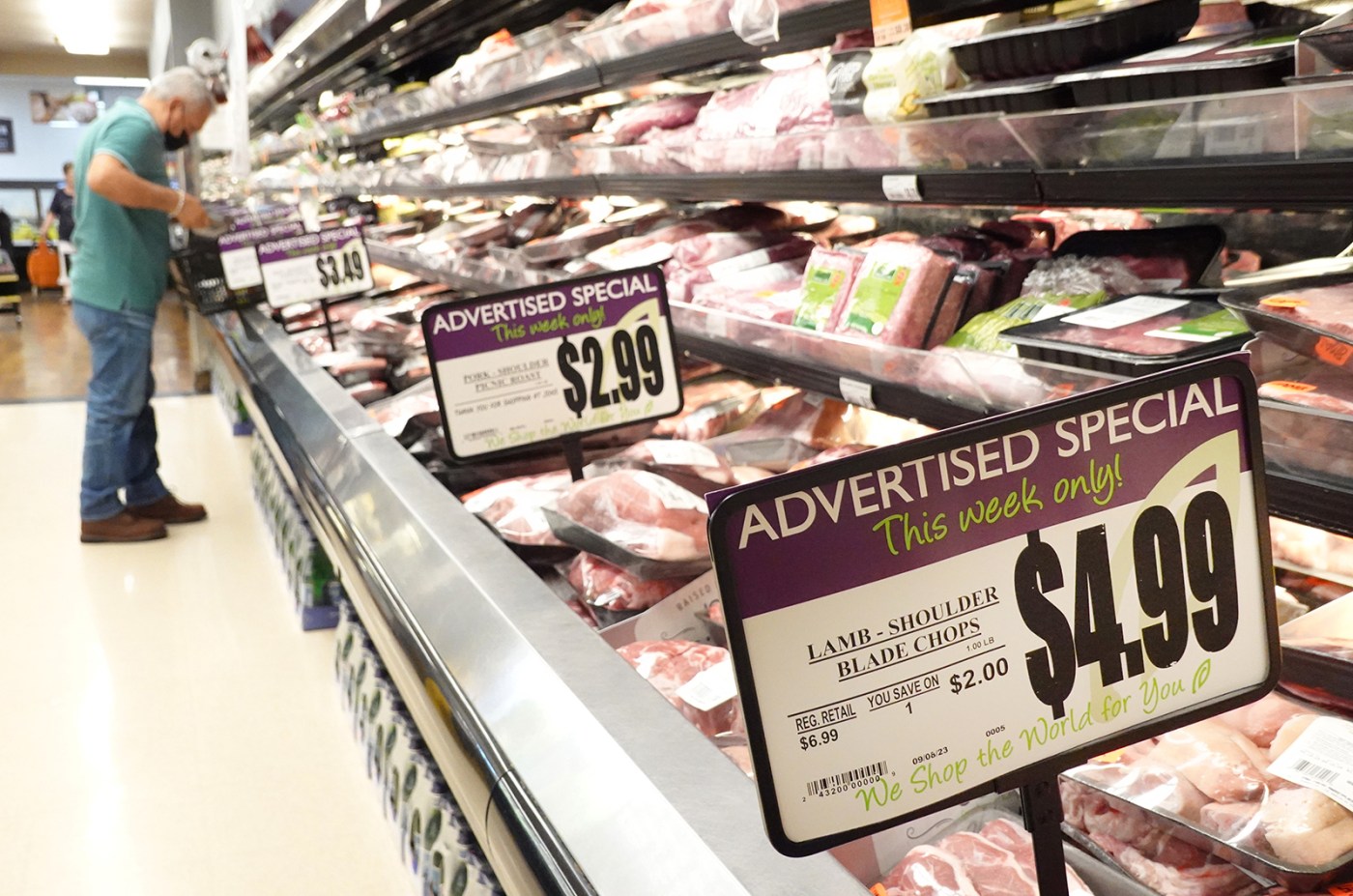
Antoni: Fed budget hikes take food off our tables
Inflation has left millions of Americans with no good choices, even when it comes to necessities like what to eat. Despite chicken prices being at a record high, families are buying more than ever. Why? Because the alternatives are even worse: Staples like beef and pork have sadly become unaffordable for millions whose budgets have been ravaged by inflation.
That’s why Americans on average are expected to consumer more than 100 pounds of chicken this year for the first time ever. Ironically, as inflation causes people’s spending habits to change, that can minimize official inflation numbers published by the government while also causing additional pain for lower-income earners.
I recently testified on this topic before both a House and Senate subcommittee, explaining how inflation is a hidden tax that disproportionately falls on lower- and middle-income folks.
As the price of relatively expensive options like beef rises, people can afford less of that and shoppers increasingly choose cheaper alternatives, like chicken. That causes an increase in demand for chicken, which further increases the price.
Consequently, the price of chicken sees a double whammy, pushed up by inflation and the shift in consumers’ buying habits. But because those with lower incomes were already disproportionately buying chicken to begin with, their food bills rose faster than average.
The Bureau of Economic Analysis (BEA) has a price index for personal consumption expenditures. It measures the price changes of things that consumers are actually buying, as opposed to a fixed basket of goods and services.
This methodology can be beneficial, especially since it observes what people are buying today, not what they bought previously, but it can underestimate inflation. For example, imagine a family who previously spent $50 on 10 pounds of steak each week and another $30 on 10 pounds of chicken. Then, the price for those steaks jumped to $10 per pound, and the family switched to just buying poultry.
However, just as the price of beef rose, so did the price of chicken. Let’s say the new higher price is $5 per pound, the same as the old price for the steaks the family used to buy. Now, the family buys 20 pounds of chicken each week and no beef in an effort to save money.
Although the price of steak doubled in this example, it is excluded from the BEA’s inflation calculation because the family no longer buys it. The only price increase captured by the index is the increased cost of chicken, whose price rose less than that of the steaks. As families cut back on increasingly expensive products and services, the index counts less of those price increases.
While replacing 10 pounds of beef with 10 pounds of chicken at the same price doesn’t technically cost the family in this example any additional money, they are still worse off, having to buy a food they don’t enjoy as much to stay within their family budget.
If only Washington, D.C., would exercise similar fiscal restraint and stay within their budget too! This is the source of the inflation with which families are grappling today.
As long as the federal budget increases, the family budget must decrease. That fact should be front and center as Congress debates over appropriations. The politicians need to realize that every dollar they spend is taking food off a family’s table, one way or another.
E.J. Antoni is a public finance economist at the Heritage Foundation/Tribune News Service


